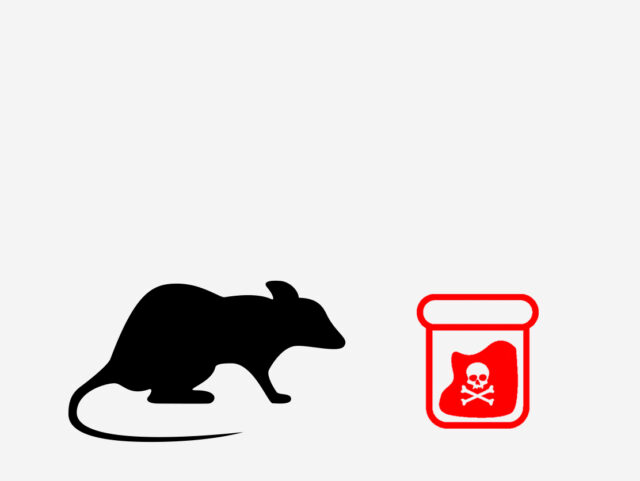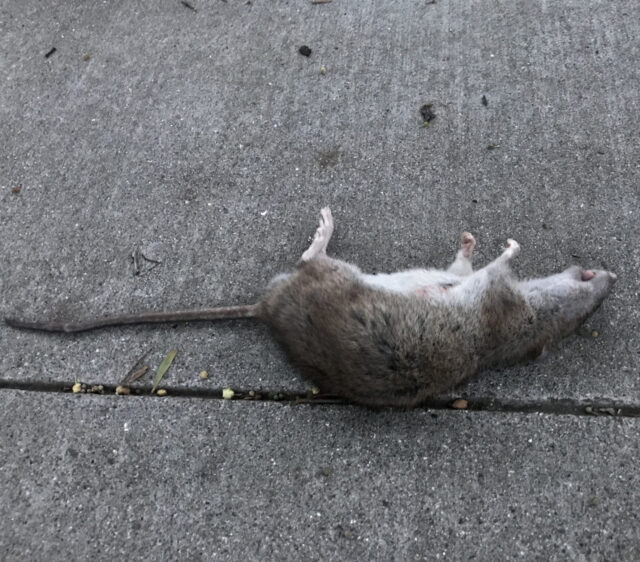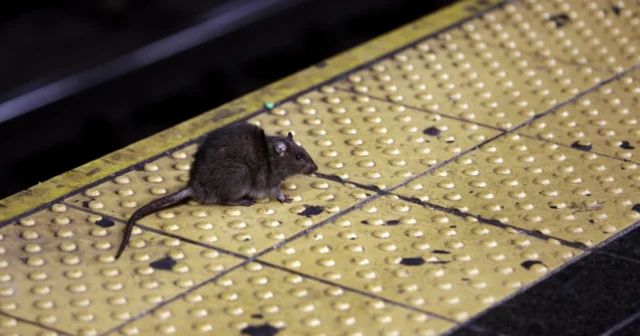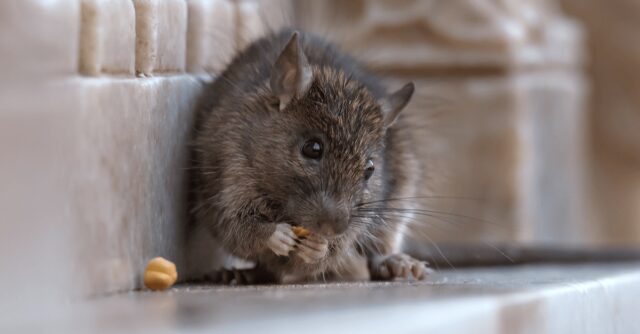
California’s Sacramento Beginning on January 1, 2024, further precautions will be taken to defend household animals and natural species in California against highly deadly rat poisons. The use of second-generation anticoagulant rodenticides, which are extremely toxic rodenticides, is severely restricted by the California Ecosystems Protection Act (A.B. 1788), in order to save the state’s wildlife.
The new limitations are designed to decrease the risk of poisoning wildlife that is not the target. The bill’s text states that state investigations and scientific research have detected rodenticides in more than 75% of examined animals. When examined between 2014 and 2018, the Department of Fish and Wildlife discovered SGARs in far more than 90% of mountain lions, 88.5% of bobcats, 85.5% of protected Pacific fishers, and 70% of northern spotted owls.
Almost all usage in and near structures have been prohibited, albeit there are a few exceptions to this rule. Under AB 1788, the following uses are permitted:
- Employees of government organizations employing SGARs to safeguard the public’s health or the facilities and infrastructure that provide water.
- Using SGARs for public health, mosquito or vector control districts.
- the elimination of invasive non-native species found living on or discovered to be present on offshore islands.
- Control of a rodent infestation that is connected to a public health need, as indicated by a supporting statement from the State Public Health Officer or a municipal public health officer.
- For research reasons only, with the director of DPR’s explicit consent.
Kim Kelly, director of legislative affairs for the Animal Legal Defense Fund, stated that rodenticides are known to inflict severe suffering and death to non-target species, including raptors, who are damaged by secondary poisoning. When safer alternatives are available, it is just common sense to stop this inhumane practice with help of rodent control northern california.
What Groups Are There For Rodenticides?

Rodenticides come in a wide range of forms, although they are often categorized as either anticoagulant or non-anticoagulant. By hindering an animal’s ability to clot its blood, anticoagulant rodenticides operate. The animal will experience internal bleeding issues after ingesting a deadly amount of poison. Non-anticoagulant rodenticides operate in a number of ways and affect various organs toxically to differing degrees.
First generation and second generation anticoagulant rodenticides are further separated. For first generation anticoagulant rodenticides (FGARs) to build up to a deadly dosage of poison, numerous feedings must occur back-to-back. Three FGARs are now registered, including warfarin, chlorophacinone, and diphacinone, according to the US Environmental Protection Agency (EPA).
Background
Anticoagulant rodenticide-using rodents are regularly ingested by other species, which can poison the food chain and cause secondary poisoning. Second-generation anticoagulant rodenticides were created in the 1970s and are more potent than first-generation chemicals. In rats, highly lethal rodenticides have a half-life of more than 100 days.
Anticoagulant rodenticides prevent blood from clotting, which causes uncontrolled bleeding that ultimately results in death. The second-generation anticoagulants brodifacoum, bromadiolone, difethialone, and difenacoum are among the super-toxic poisons that are very dangerous and stay for a long period in bodily tissues. Frequently, these slow-acting rodenticides poison predators and scavengers that consume poisoned rodents.
What Further Rodent-Control Measures Are There For Metropolitan Areas?

A good rodent control plan incorporates sanitation-based prevention, physical exclusion techniques, and a mix of efficient population control techniques. Around homes, garages, and other structures, traps may occasionally be a practical substitute. For instance, traps are an efficient way to control small populations of house mice. When running a trapping programme, it’s crucial to always be aware of nontarget creatures. Warfarin, chlorophacinone, and diphacinone, first-generation anticoagulant rodenticides, as well as non-anticoagulant rodenticides, are still accessible to licenced pesticide applicators in California (bromethalin, cholecalciferol, and zinc phosphide).
Anticoagulant rodenticides can be replaced with a variety of safer options. The optimal rodent management strategy is exclusion and cleanliness. To lessen the number of rodents, it is also vital to seal structures, remove food and water sources, and cut tree limbs and leaves off the sides and roofs of homes.
Providing owl boxes in rural locations to promote natural predation is one of the many safer rodent-control solutions available when physical exclusion is not an option. More than 175 less harmful rat poisons are still on the market.
At this time (September 19, 2014):
USA As A Whole

- It is forbidden for anybody other than certified pest control personnel to use pesticides containing brodifacoum, bromadiolone, difethialone, or difenacoum.
- Anyone who is in a “wildlife habitat” (a state park, a wildlife refuge, or a state conservancy area) may not use pesticides containing brodifacoum, bromadiolone, difethialone, or difenacoum. Agencies under federal control and agricultural reasons are exempt.
- There are no regulations or bans on the use of pesticides containing warfarin, chlorophacinone, or diphacinone.
- In 2020, a change – Throughout the whole state, it is forbidden to use pesticides that contain brodifacoum, bromadiolone, difethialone, or difenacoum. Government workers who use pesticides to preserve the public’s health in accordance with Section 106925 of the Health and Safety Code are exempt from this rule. Agricultural operations are also exempt.
- It is forbidden for anybody to apply pesticides that contain the ingredients warfarin, chlorophacinone, or diphacinone on any state-owned land. Agencies under the federal government and agricultural operations are exempt.
A Better Choice
Look no farther than the Goodnature A24 Rat & Mouse trap if you’re seeking for a better way to practise quick-kill, effective, and ecologically responsible rodent management.
A CO2 canister powers the trap, which may go off for 24 strikes before needing to be reset. The instantaneous animal death caused by the pneumatic hammer prevents needless suffering. The best part is that the trap doesn’t employ poisons or any other toxins. If you want to protect your house or place of business against pests without using rodenticides, this is a perfect alternative.
Conclusion:
Stronger steps, according to backers, were required since the 2014 limits haven’t lessened the impact on wildlife that serves a crucial function as a natural rodent predator.









